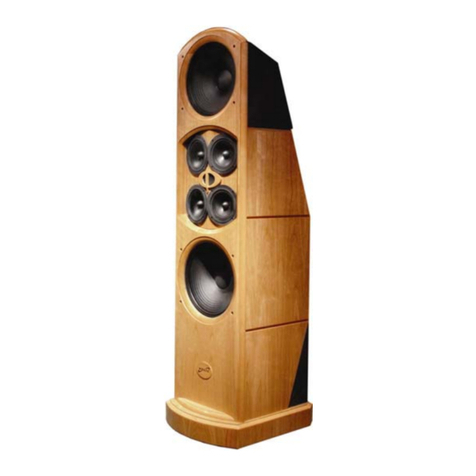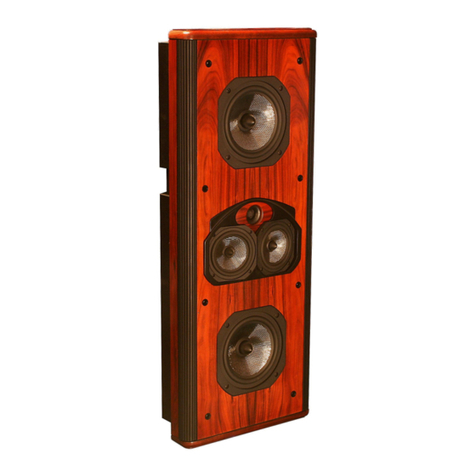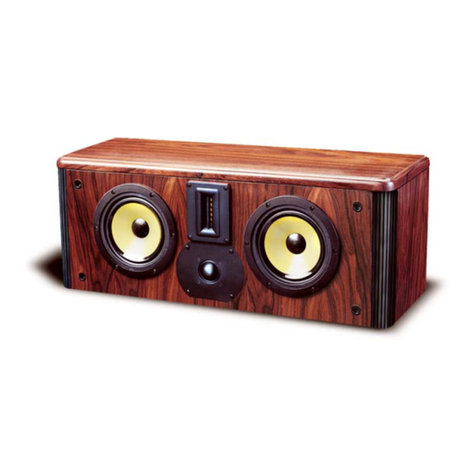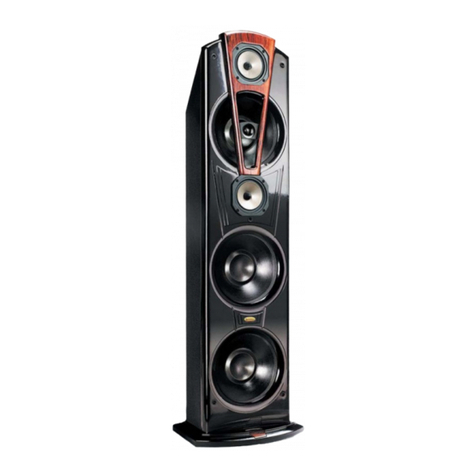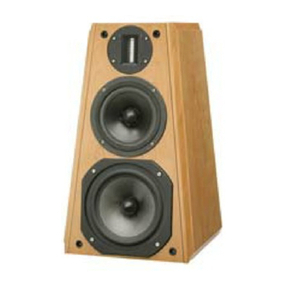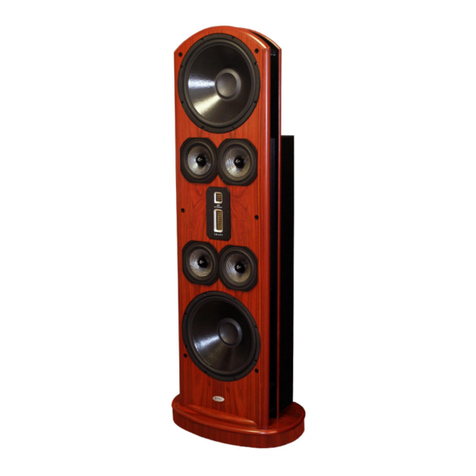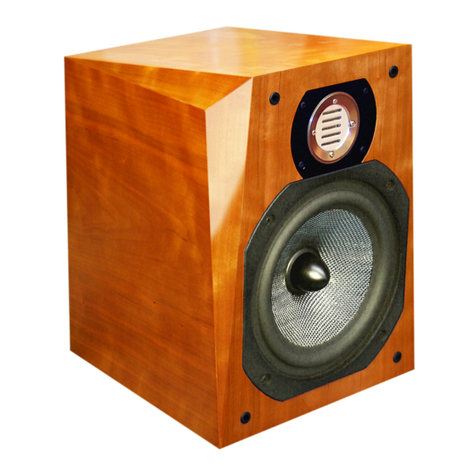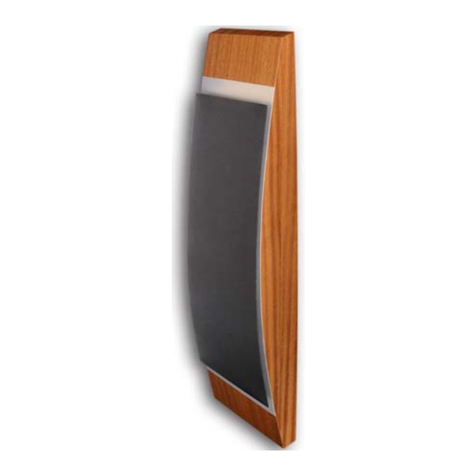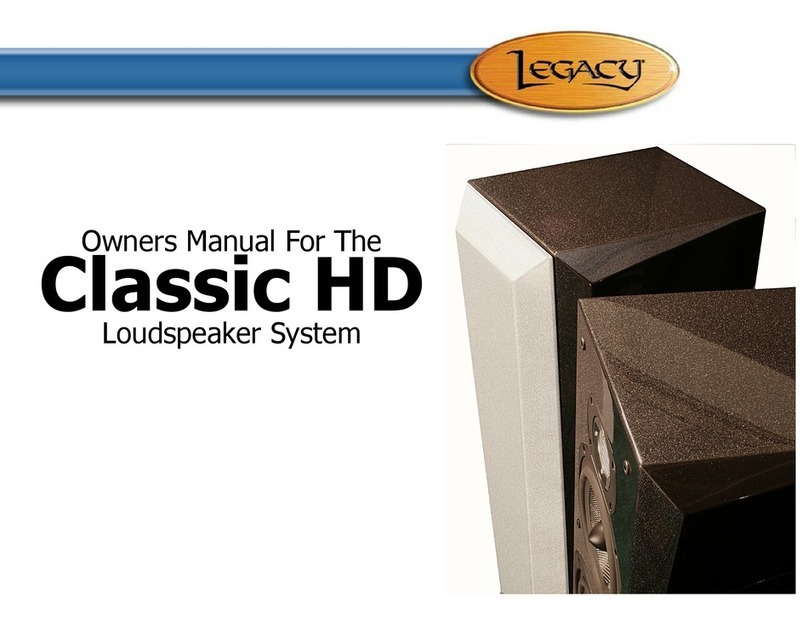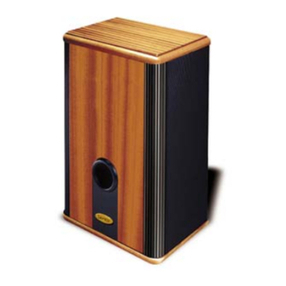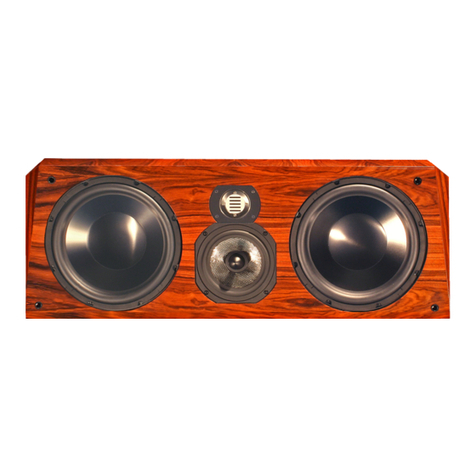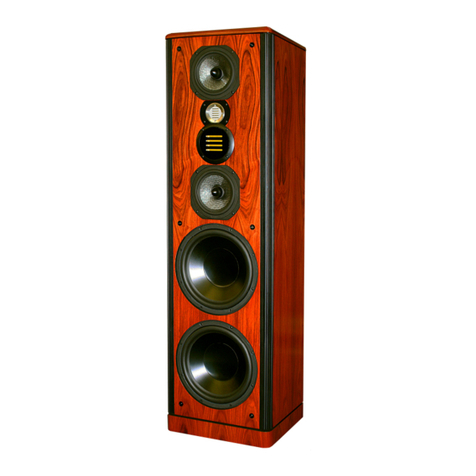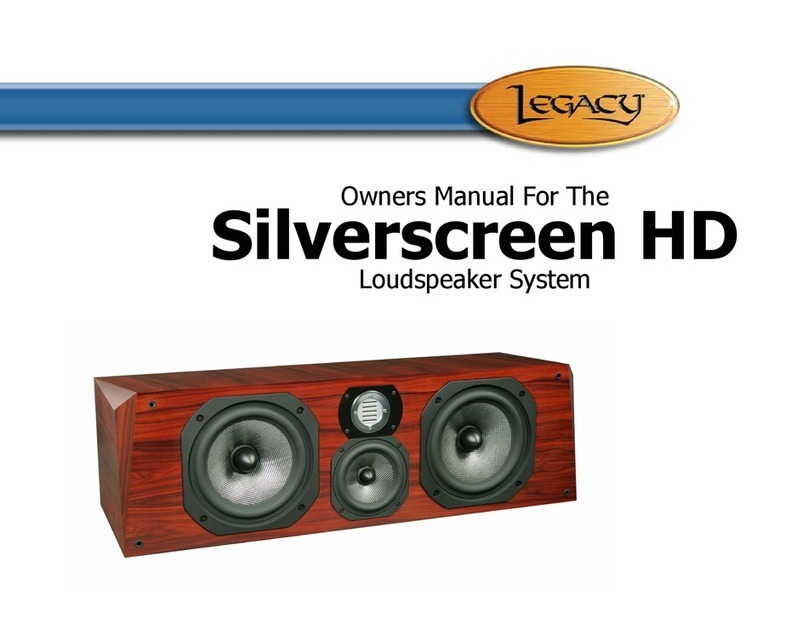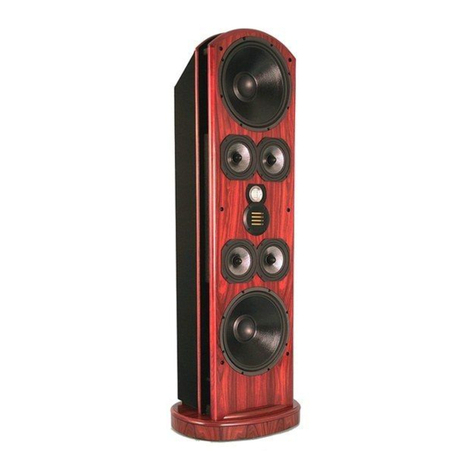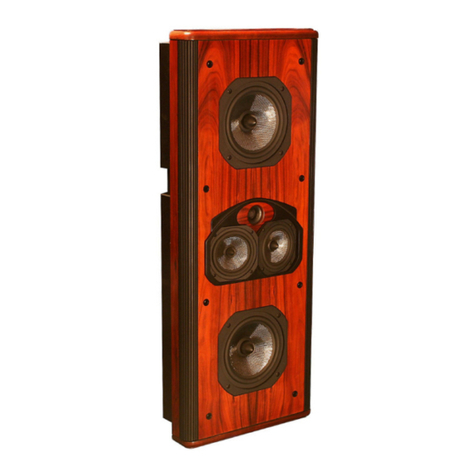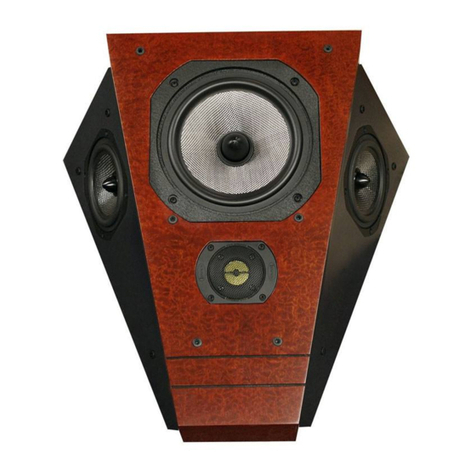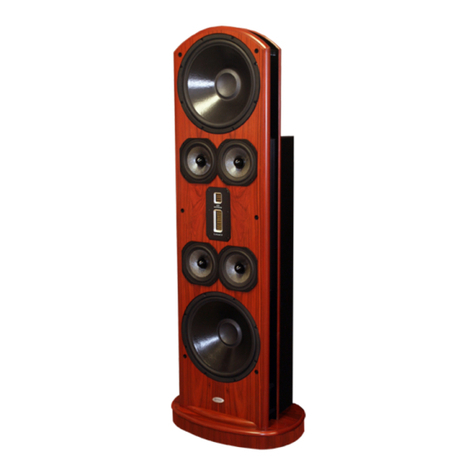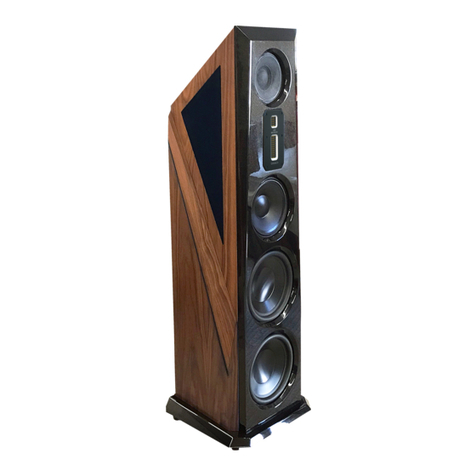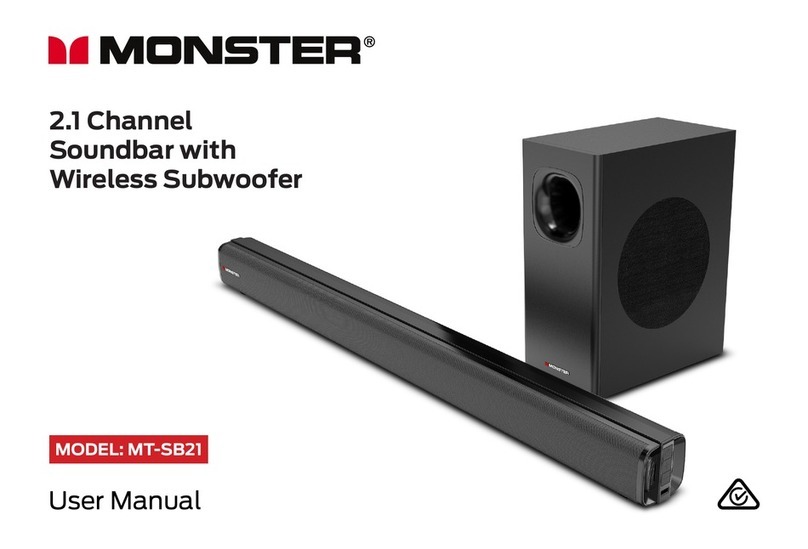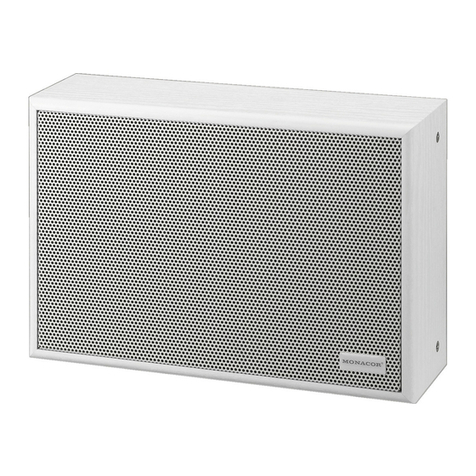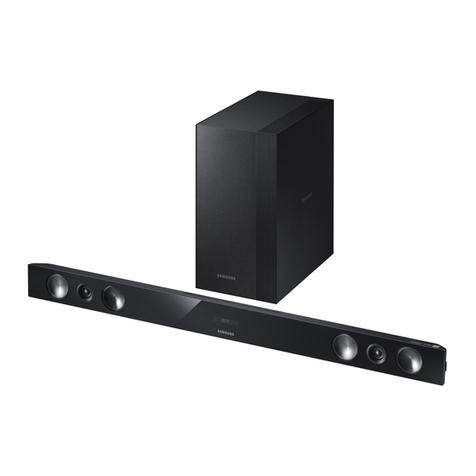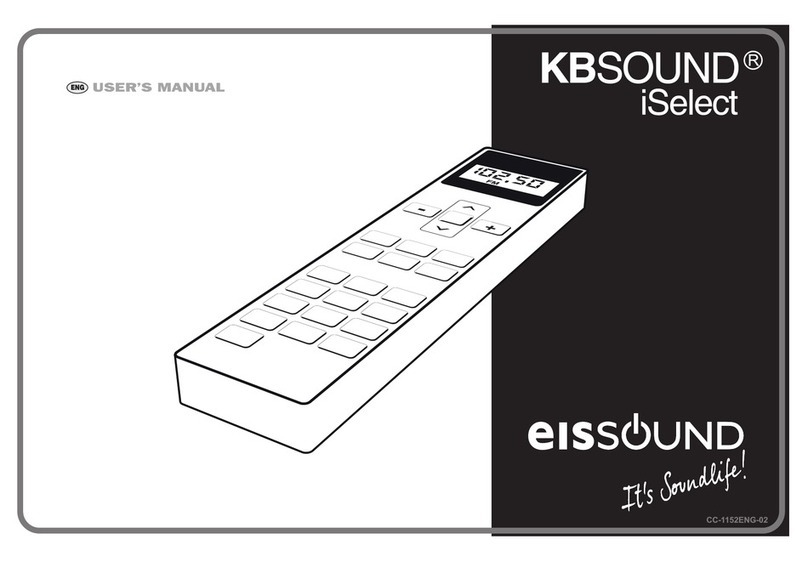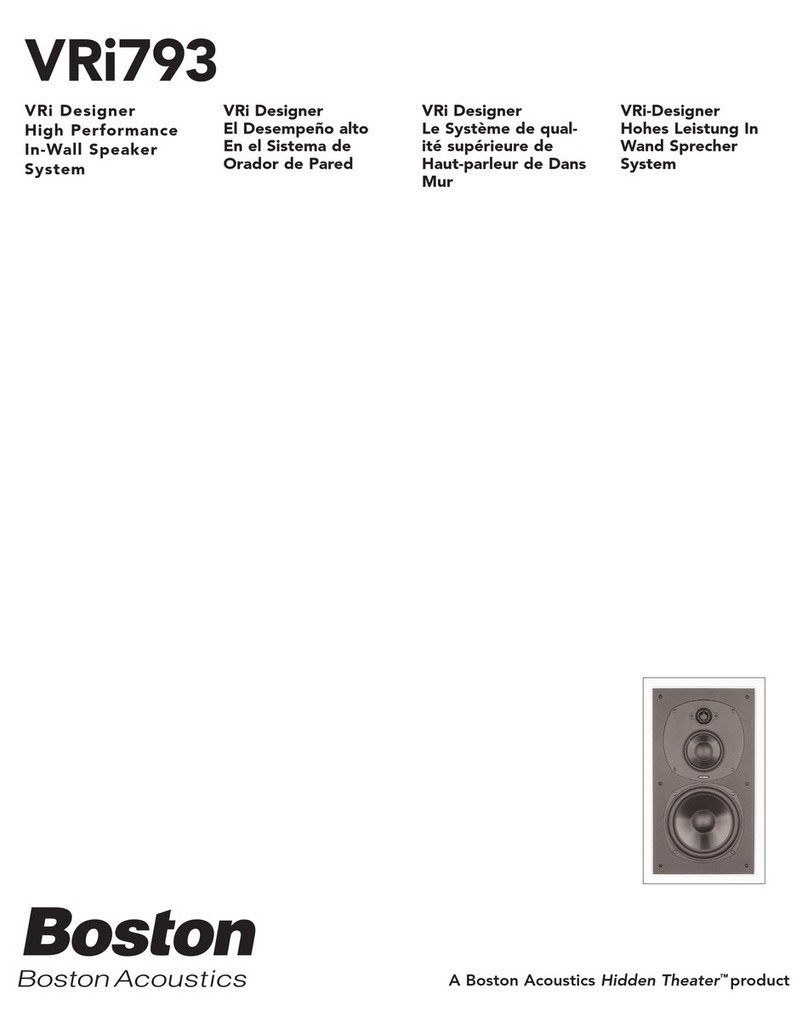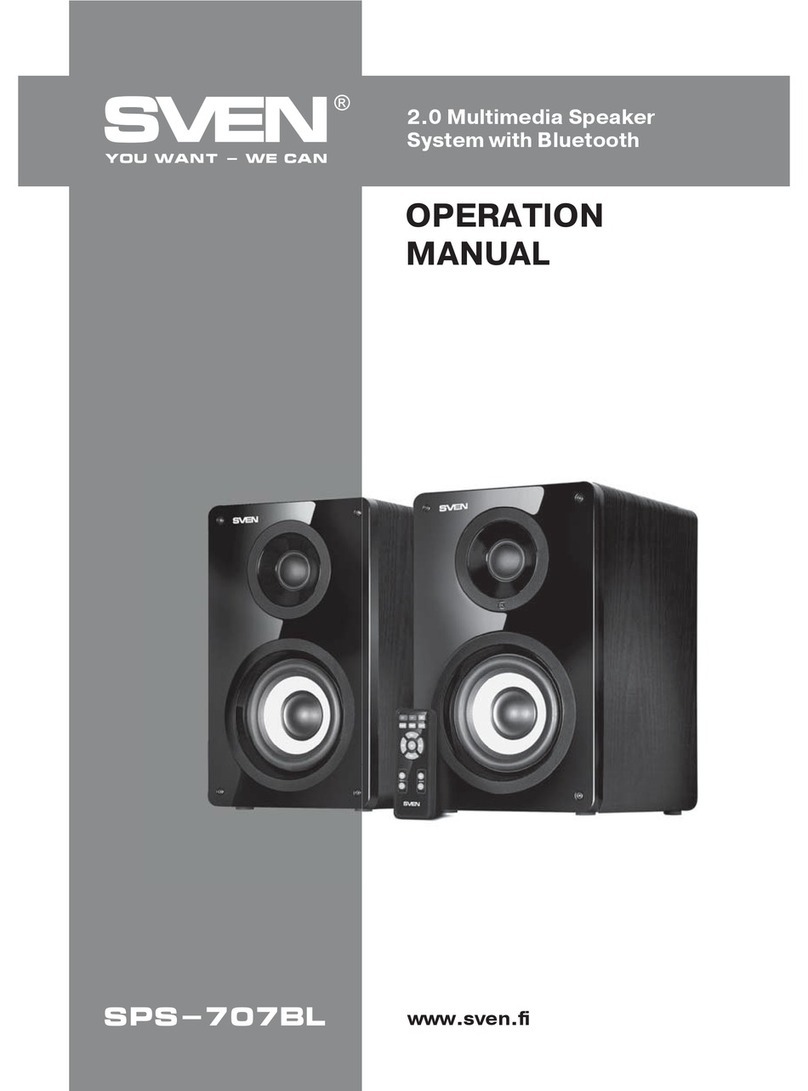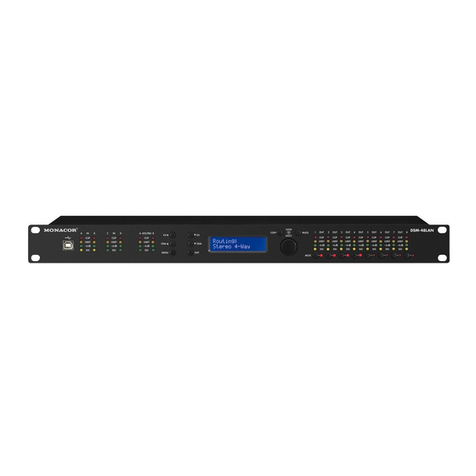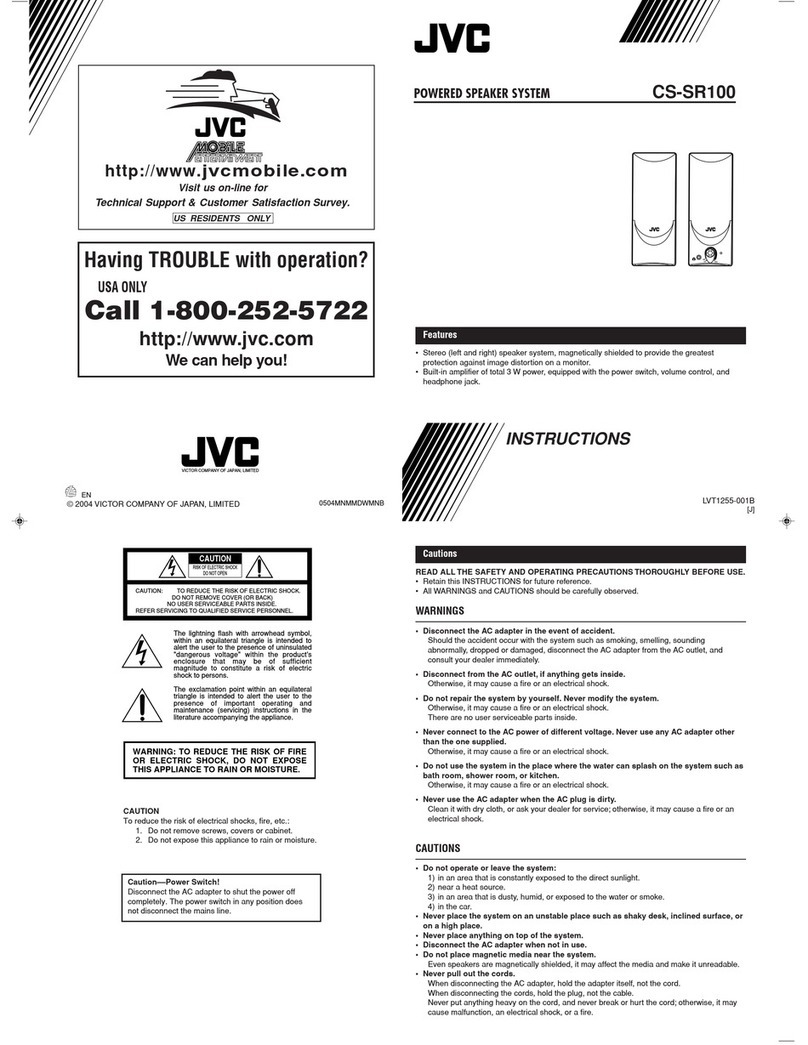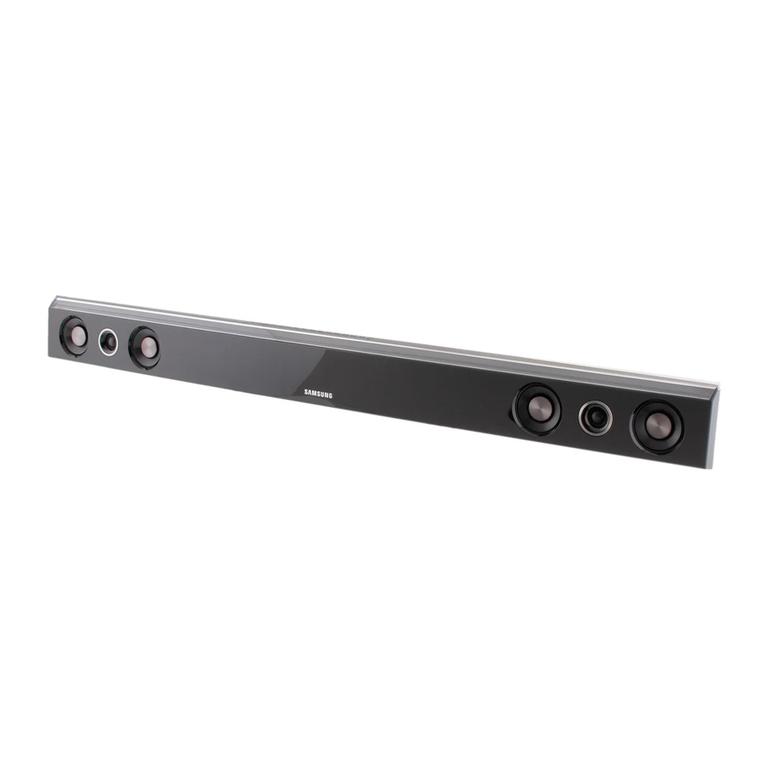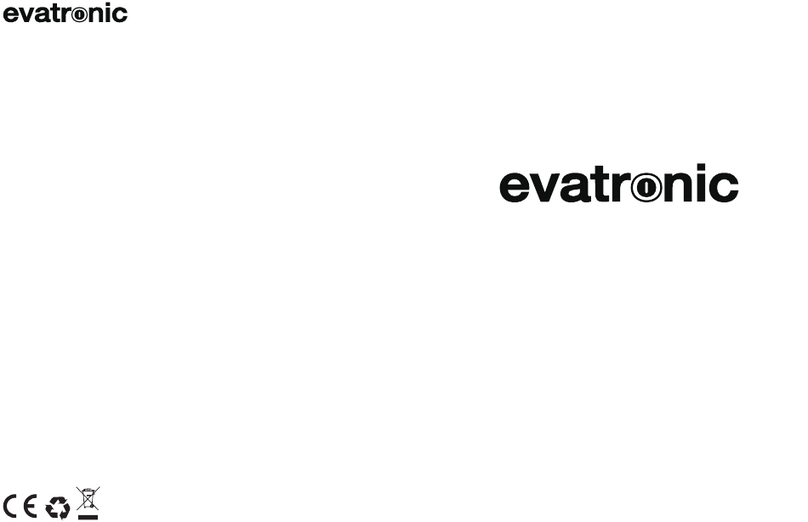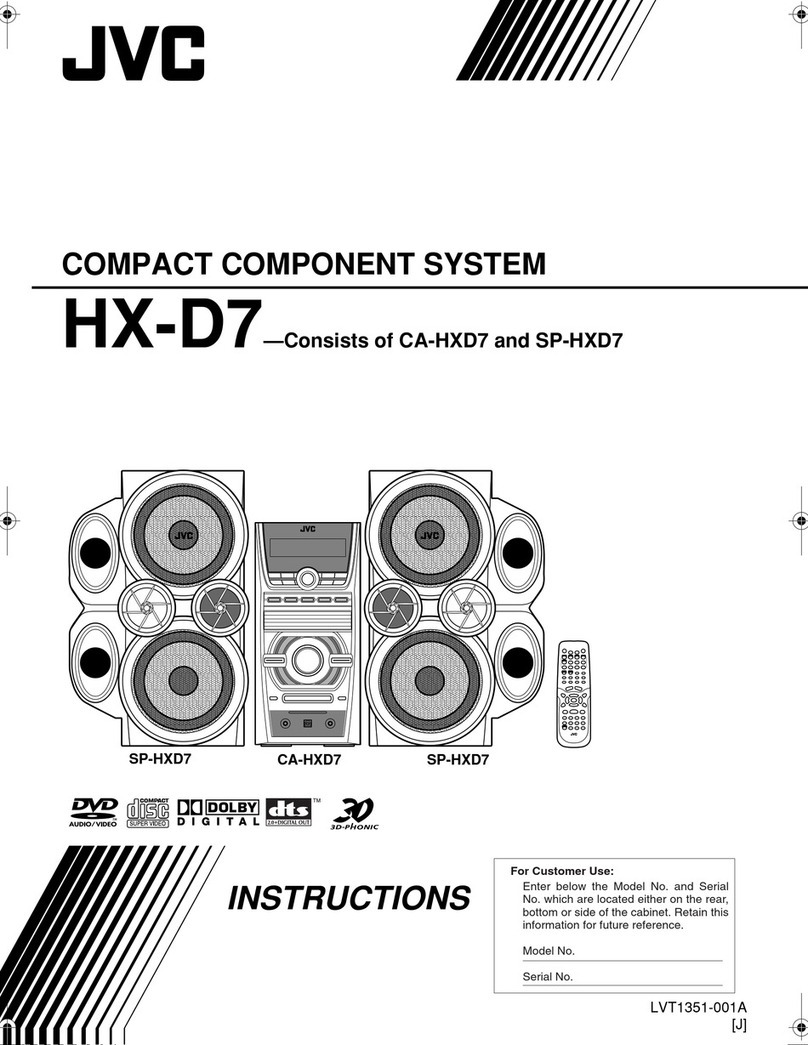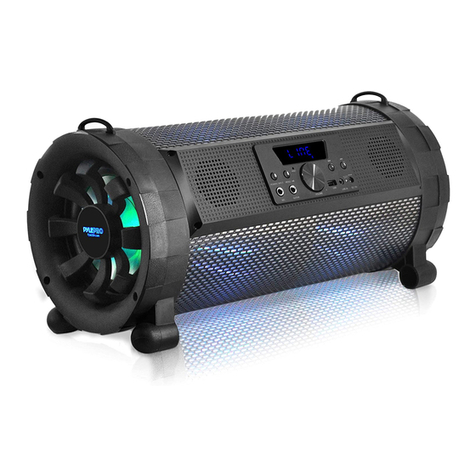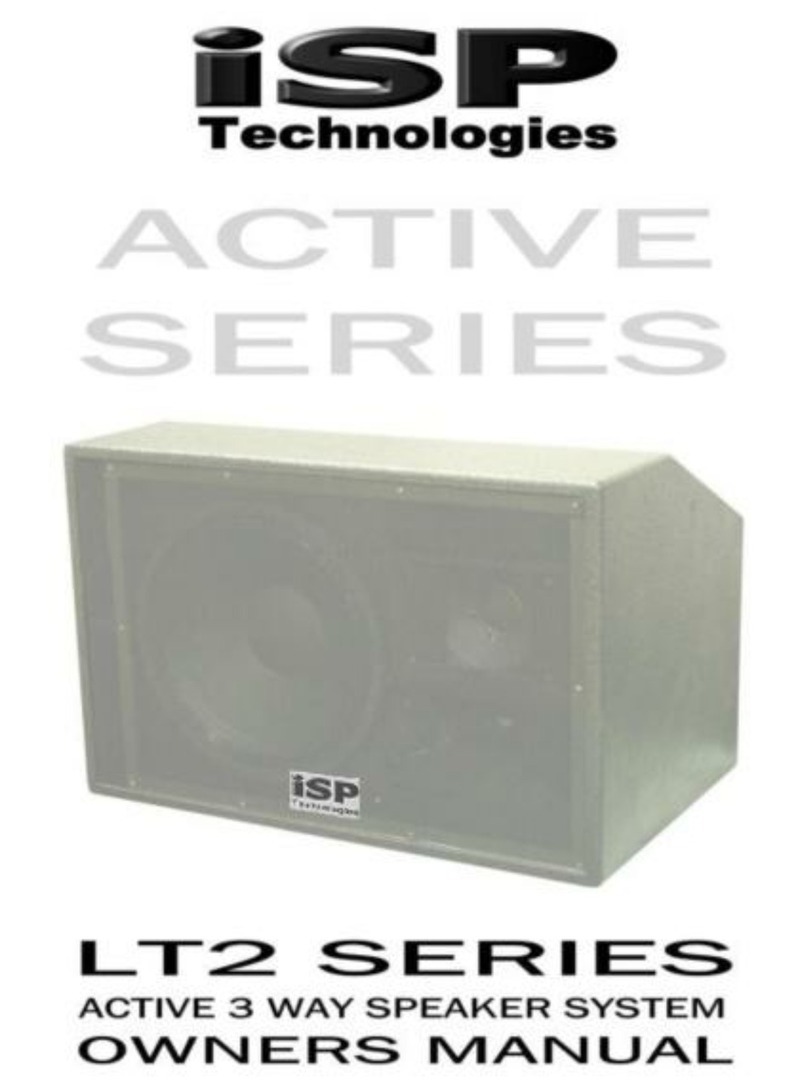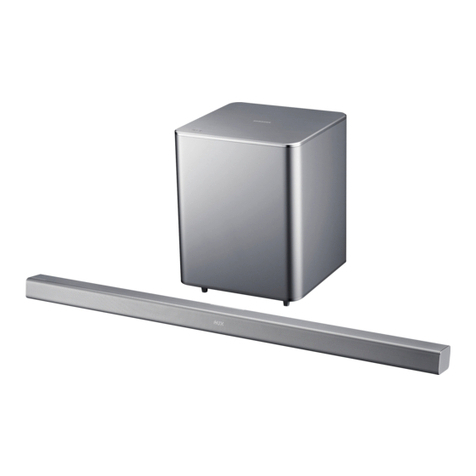Designer’s Note from Bill Dudleston.
Conveniently tucked away in room corners, Skyline will
disperse music evenly throughout the listening area.
Legacy’s exclusive ACOUSTIC POLAR HYBRID TECHNOLOGY
cancels early midrange reflections to avoid the “cardboard honk”
sound characteristic of some in-wall and on-wall speakers.The
midrange and highs will sound open and detailed; music will
literally seem to be suspended in air.
Whether mounted horizontally or vertically, Skyline takes full
advantage of the bass reinforcement corners provide. Skyline
benefits from 9 dB of bass reinforcement when mounted in
ceiling corners.The special 7” carbon-polymer woofer pumps out
more than twice the bass one would expect from a speaker of
it’s size.
Utilizing the Manhattan system’s extraordinary 5.25” Kevlite-Ti
midrange and the silky smooth NEOdome tweeter, Skyline will
integrate perfectly with the Empire front channel speakers to
satisfy the most critical listeners.
With the increasing popularity of discrete multichannel audio
formats like Dolby Digital 5.1 and DTS, the characteristics of a
direct radiating surround speaker quite desirable. Conventional
direct firing speakers placed to the side of the listener can create
a hot spot,“overcooking” the listener seated in proximity and
thus drawing attention to themselves. Mounting the speakers
higher on the sidewall can reduce this problem but may lead to
vertical lobing error in the polar pattern. Skylines are designed to
be mounted high to eliminate the “hot spot” problem with an
optimized polar pattern, firing toward the listening position.
ACOUSTIC POLAR HYBRID TECHNOLOGY
The Skyline is a hybrid; open air/sealed box loudspeaker.
The satellite section is mounted in open air to provide an
open sound and a narrower radiating pattern.The bass section is
built into a sealed enclosure to provide the reinforcement we
need to achieve the low frequency reinforcement needed. The
additional reinforcement achieved when corner-mounting
provides output one would expect from a box three times
Skyline’s size.
*Dolby Digital and Pro Logic are trademarks of Dolby Laboratories Licensing Corporation. DTS and DTS
ES are trademarks of Digital Theater Systems.
5
